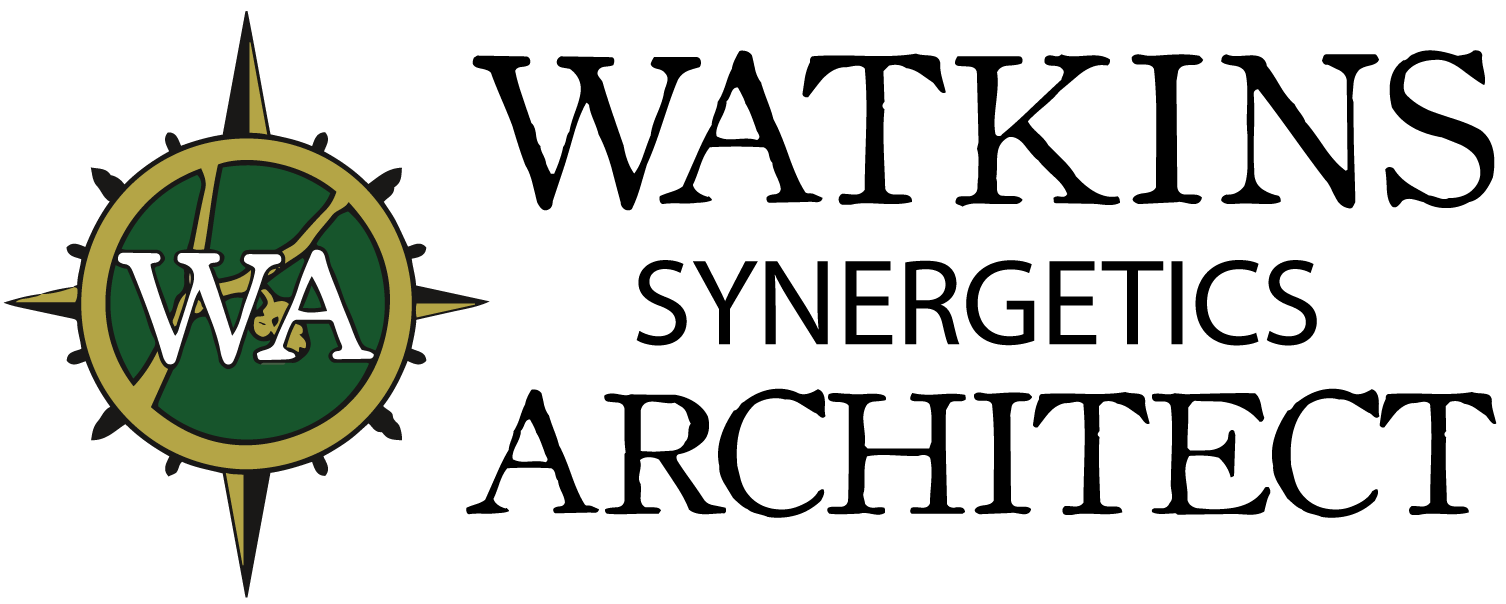We recently completed a new residence in northeastern PA in the Barndominium Style. This exciting and new style (developed around 1990 in Texas and popularized in 2016 on the show Fixer Upper) is an eclectic assembly of components, materials and details that come from several building types common in the United States. “Dominium” defines the style as a dominance and primacy over a standard barn style.
Some definitions or interpretations you may find on the internet tend to distort our idea of Barndominium. In particular you may read that a pre-engineered building or a pole barn converted into a house is enough to classify a residence as a Barndominium. I will let you be the judge of that.
One may also think that a simple barn conversion into a place to live is the essence of the Barndominium style, however, barn conversions have been part of our architecture long before the style became popular.
So, what are some of the defining elements or features that separate a barn conversion and a residence to make one say “Now that is a Barndominium style?” In general, the home must look more like a farmhouse or barn, have open concept floor plans, rustic exterior (and interior preferred), and a rustic-modern aesthetic combining elements of post and beams, stone, and overly simple details.
The elements we incorporated in the Barndominium Style residence design includes exterior finishes with a metal standing roof (pewter natural color, although red, green or other colors would work), horizontal and vertical wood board siding (using Hardi-board or other low maintenance materials is very common), stone feature walls, and barn-style garage doors. The entrance door is over-sized (4’ wide) with a large side-light, adding to the rustic scale of the Barndominium Style. The windows are over-sized compared to a typical house, allowing large amounts of light to enter the interior spaces. The scale of the windows becomes one of the most dominant features when defining this style. Interior features include a large open plan for the main living portion of the house, with high cathedral ceilings and post and beam details. The Kitchen is simple and functional while the living room has a large 12’ wide folding door system opening to views of the countryside. The separation between the dining area and living room is defined by a massive stone fire place. Floor finishes are rustic over-scaled wood boards. Modern amenities will dominate the details, being simple and contemporary, they will contrast the old with the new, making the relationship symbiotic… each feature will be more visually pronounced. This contrasting of the old and the new makes what we like to emphasize as “Timeless Architecture” … a style with features that could have existed hundreds of years ago, and features that are modern and may have only been built in the 20th Century.
Good design is a combination of making the residence function to its best capacity while the form or aesthetic matches the desired style. It was a pleasure working on this project and doing the architectural research to help make it a success!
If you’re thinking about having a home built in the Reading, Berks County, Lehigh County, Allentown, PA or the surrounding areas, contact us today. We would love to work with you in designing your dream home!
